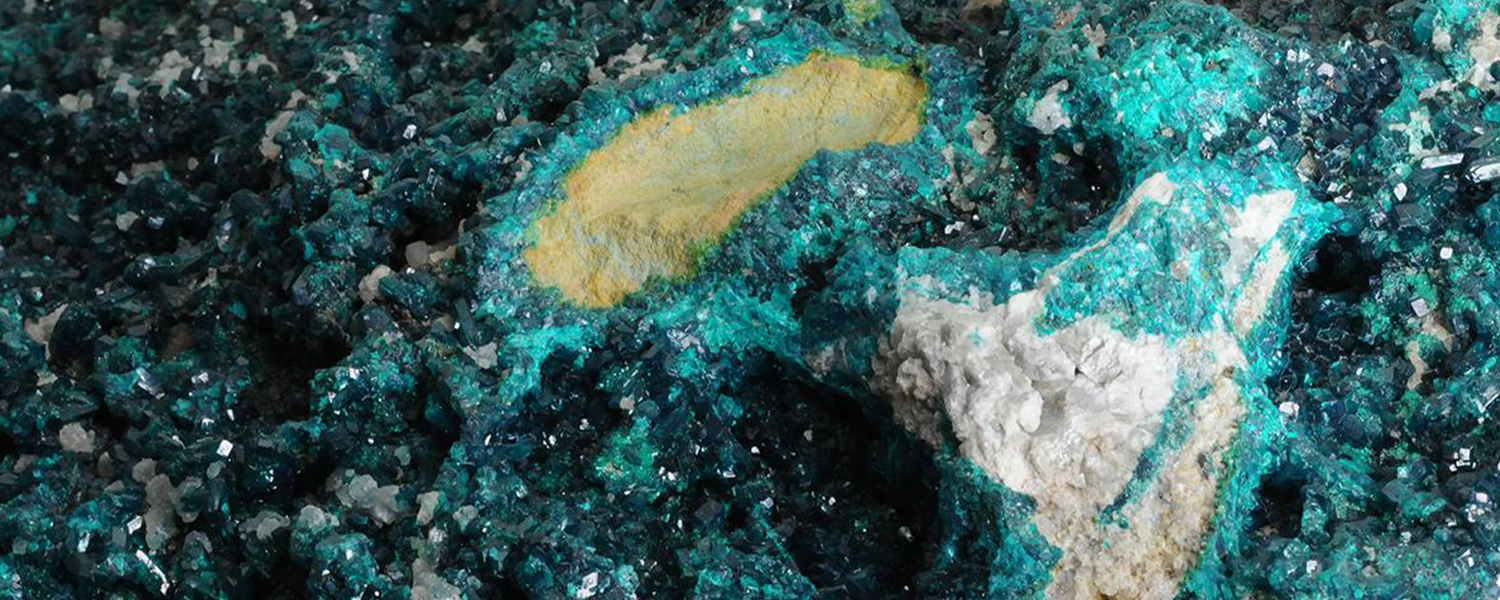THE ORIGINS
The Mineralogy Collection was founded as a section of the Cabinet of Natural History in 1814, when some important collections were donated to the University of Parma. The minerals in these subcollections (Linati, Piroli, Cavezzali, Guidotti) were inventoried by the director of the Natural History Museum Girolamo Cocconi in 1866/67. Seven years later, the Mineralogical/Paleontological Section separated from the Zoological nucleus, while in 1895 the Mineralogical Museum separated from the Geological Museum.
The official date of establishment of the Mineralogy Museum dates back to 1925, when the University acquired 500 rock specimens from the Krantz collection.
As far as location is concerned, the 1970s were characterised by constant relocations and a brief ‘cohabitation’ with the Palaeontological Museum in Via D’Azeglio.




